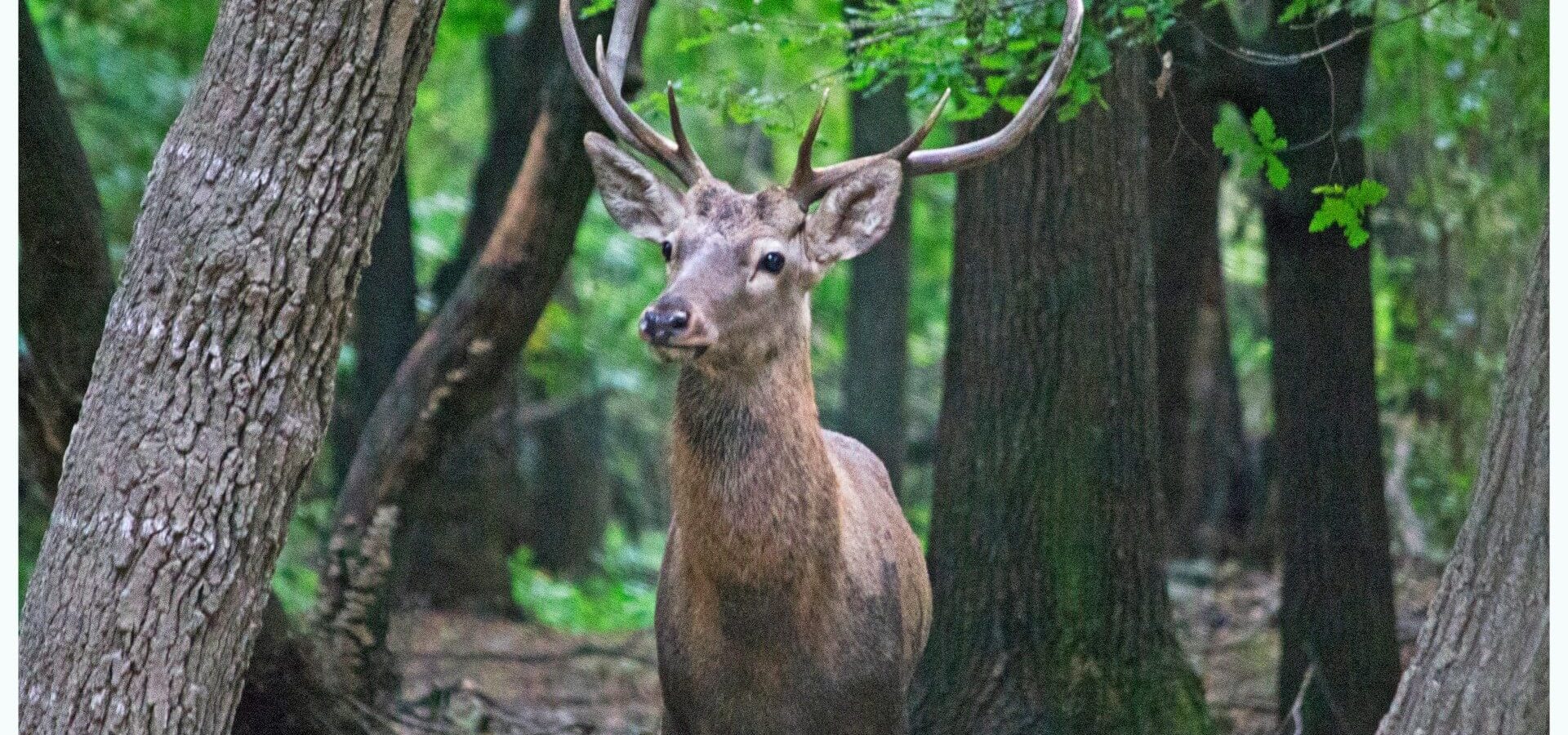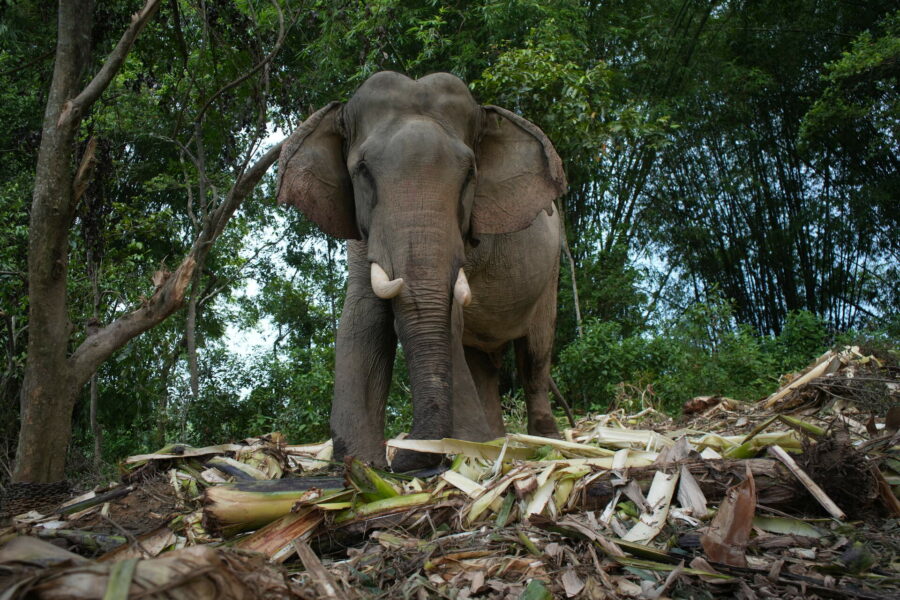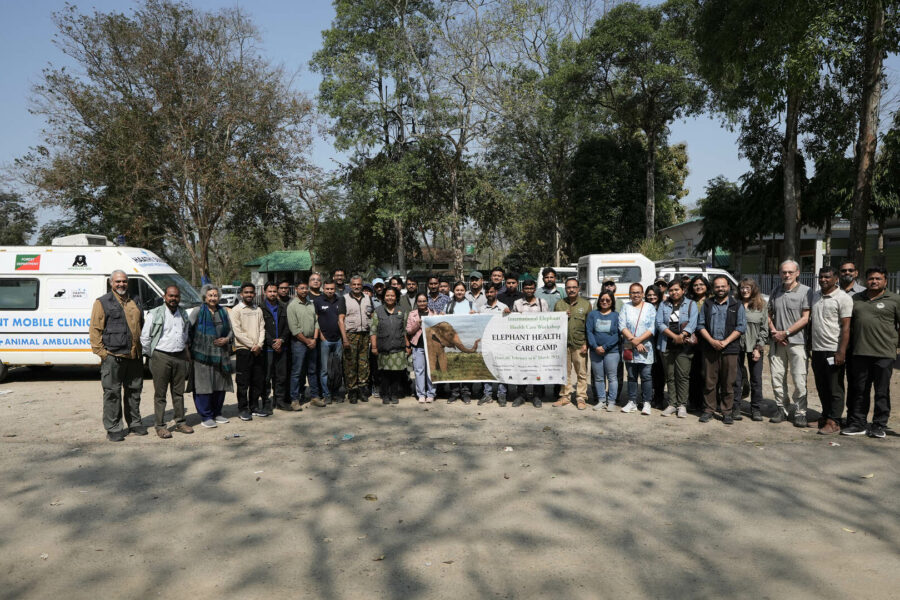The Kashmir stag, also known as the Hangul, is an ungulate subspecies which is native to Kashmir valley, India, thus making it endemic to India. To emphasise the importance of the conservation of the Hangul, the Government of Jammu and Kashmir declared it as the state animal! With its huge antlers and rust-coloured thick coat, the Hangul is well-adapted to survive in the stunning snow-capped mountains of Kashmir, making their sighting extremely rare.
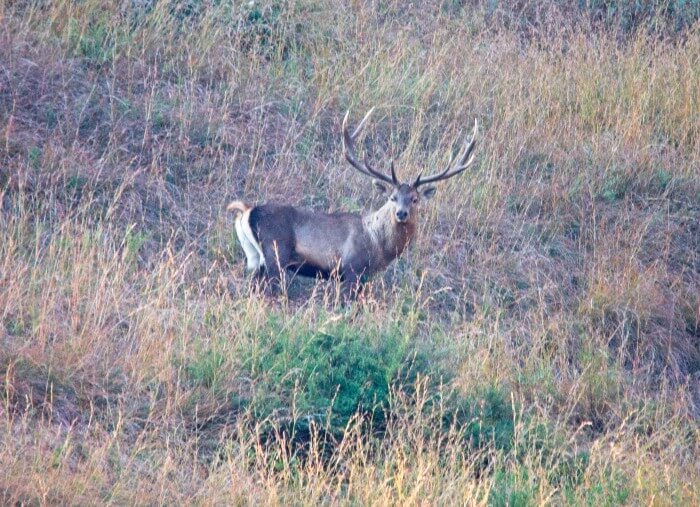
The Hangul is awarded the highest protection by law, being placed under the Schedule I of the Wildlife Protection Act, 1972, similar to the tiger, rhinoceros and the Asian elephant! This implies that there is strict prohibition in the hunting of this unique species which can be punished by law with fine as well as incarceration. The Hangul has been sighted at the Dachigam National Park, in Kashmir, in small isolated patches, as opposed to the once widely distributed area of Kashmir.
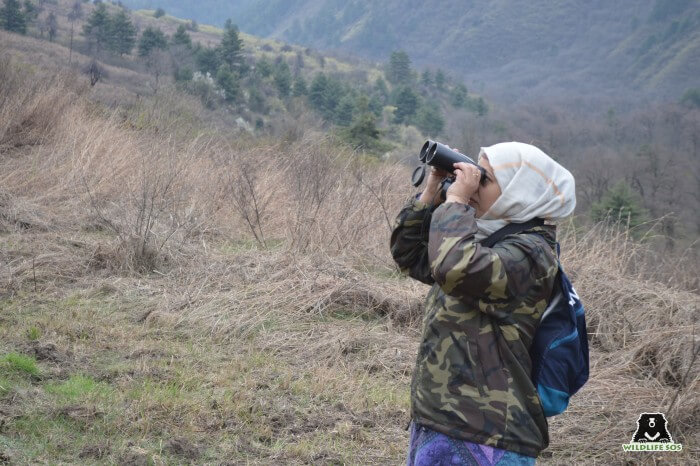
Having observed the Hangul herds about 15 km from the Dachigam National Park, it seemed like the perfect opportunity to assess the present population of this species in the Valley. To ascertain the growth or drop of the Hangul population, the Wildlife SOS team, operating out of Jammu and Kashmir, partners with with the Jammu and Kashmir Wildlife Department and student volunteers from Kashmir University to conduct a Hangul census after every two years.
The census of wild animals is crucial to ascertaining the estimated number of species in a particular area, in the light of conservation of that species. The mammoth task is undertaken by State Forest Departments with support from NGOs and student volunteers over a course of a few days, ranging to weeks, with a detailed report submitted for the final count. As the world continues to grapple with the Covid 19 pandemic, our team led by Ms. Aaliya Mir ensured that all officers and volunteers were equipped with face masks and sanitizers during this year’s census.
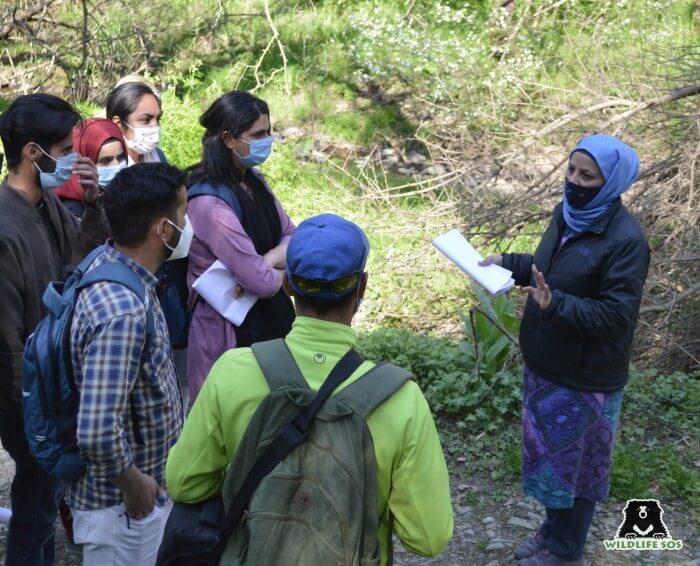
The census was conducted over a period of three days, in which the first day was for orientation of the student volunteers. A detailed session was conducted on how to identify the Hangul, how they are different from Markhor and Chiru – both species endemic to the Valley and how to estimate the population. The students were taught how to assess faecal samples and identify the prints of the Hangul on soil to understand and track them.
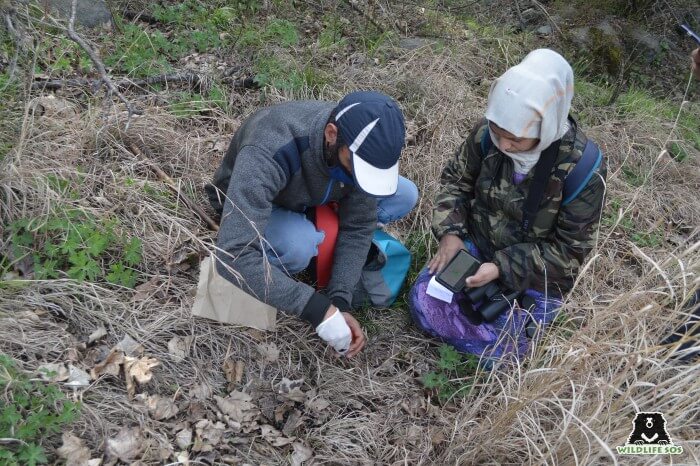
There were close to 100 volunteers, who enthusiastically participated and were involved in the census. It was a thoroughly enriching experience for everyone, and allowed them to understand the dire need of the hour especially in the conservation of the Hangul in the valley. Their population was close to 5000 in early 1900s, but with the steady rise of human population, subsequent encroachment of forest land and the evil that we call global warming, the Hanguls found themselves at the crosshair of being endangered.
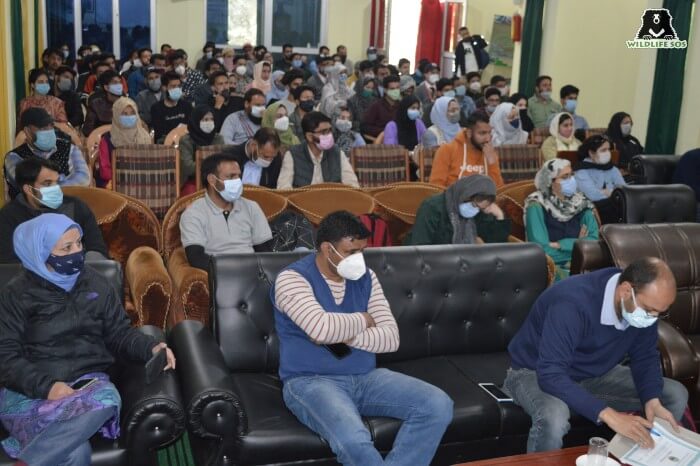
Various reasons have been attributed to the population decline of the Hangul which is now estimated to be around 200, and on the verge of extinction, being declared “critically endangered” by IUCN. Hangul fawns are often predated upon by dogs which accompany local herders when they bring their cattle to graze to the area surrounding Dachigam National Park.
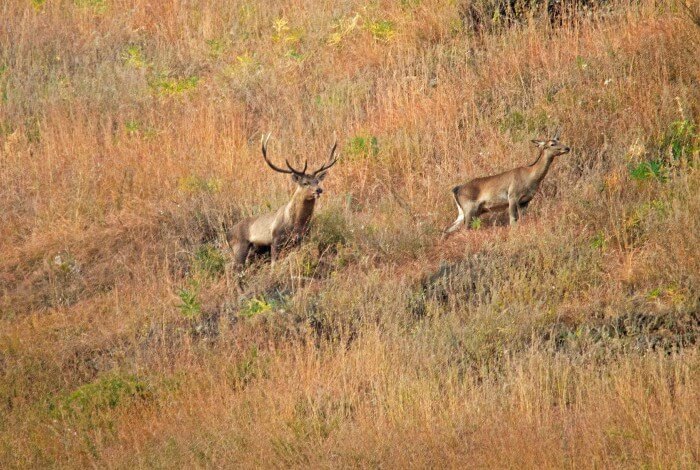
While the estimated population report has been submitted for finalization, the results are awaited for the final census. This will help us gain an idea as to what other significant changes need to be introduced on the ground to conserve these endemic Hangul species. The importance of Hangul is imminent for the country as it is the last Asiatic survivor of the European Red Deer, found in India.
[Featured Image credit to Mudasir Manzoor]

